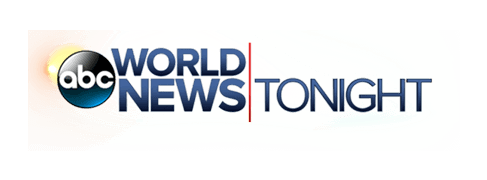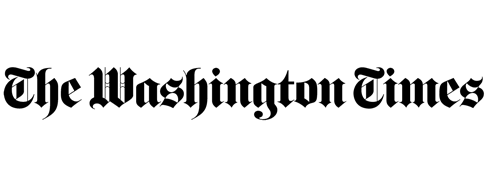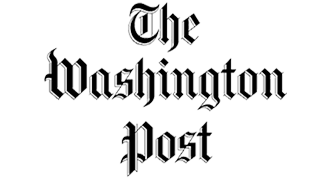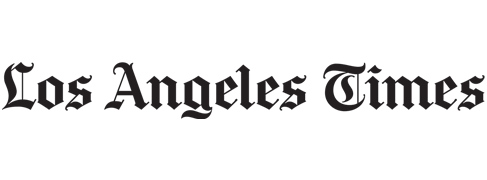Fat Grafting Washington DC
Introduction
Fat grafting is also known as autologous fat transplantation or lipoinjection. During facial fat grafting, fat cells are extracted from your abdomen, thighs, buttocks or elsewhere and reinjected beneath the facial skin. Fat can fill in sunken cheeks or lines between the nose and mouth, correct skin depressions, minimize forehead wrinkles or enhance the lips. Dr. Baker uses fat grafting as an adjunct in many of the facial procedures he performs. In facial cosmetic surgery, it is useful to recreate the dimensions and volume of the youthful face. In reconstructive surgery, it is an excellent adjunct to optimize and finesse facial contour after larger reconstructive procedures to give a more natural looking and feeling result.
Dr. Baker’s credentials for fat grafting
- NIH research in adipose (fat grafting) biology
- Publications in fat grafting in facial surgery
- National lecture on fat grafting applications in plastic surgery
- Allergan expert group on fat grafting
- Clinical trials in fat grafting
- United States Patent Office applications in fat grafting technology
The Best Candidates for Fat Grafting
When a contour deformity of loss of tissue is seen in a patient, fat may be an ideal material to recreate a more normal contour of the body. In cosmetic patients Dr. Baker uses fat grafting to recreate the facial volume of youth. Fat grafting is frequently combined with face lifting to enhance the final result. In reconstructive patients fat is an excellent choice because it can recreate the soft tissue dimensions of the deformity and restore a natural feel and texture to the reconstructed region.
What to Expect During Your Procedure
Both the donor and recipient sites are numbed with local anesthesia. Sedation or general anesthesia is also recommended in cases requiring larger volumes of fat. If you elect to use sedation or anesthesia, you will be required to arrange for a ride home after your treatment.
After cleansing and treatment with local anesthesia, fat is withdrawn using a syringe with a large-bore needle or a liposuction cannula. The fat is then prepared and injected into the recipient site with a needle. Sometimes an adhesive bandage is applied over the injection site. Slight overfilling may be necessary to allow for fat absorption that occurs. When fat is used to augment the cheeks, this overcorrection may cause the face to appear abnormally full.
After Fat Grafting
While some treatments require a brief recovery period, many patients resume normal activity right away. Expect some swelling, bruising or redness in both the donor and recipient sites. The severity of these symptoms depends upon the size and location of the treated area. Stay out of the sun until redness and bruising subsides – usually about 48 hours. In the meantime, you may use makeup with sunblock protection to help conceal your condition. In some cases, swelling and puffiness in the recipient site lasts several weeks, especially if a large area was filled.
How Long Do The Results Last?
The biggest problem with fat grafting is that a large percentage resorbs after the injection. While some patients report results lasting 1 year or more, the majority of patients find that at least half of the injected fullness disappears within 3-6 months. Therefore, repeated injections may be necessary. Typically 2-3 injections are performed in a given area to achieve the desired effect. However, the fat that does remain is permanent and is your body’s own tissue so that it looks and feels natural. Dr. Baker will advise you on how to maintain your results with repeat treatments.
Risks and Complications
There is still a small risk of infection and other infrequent complications.






